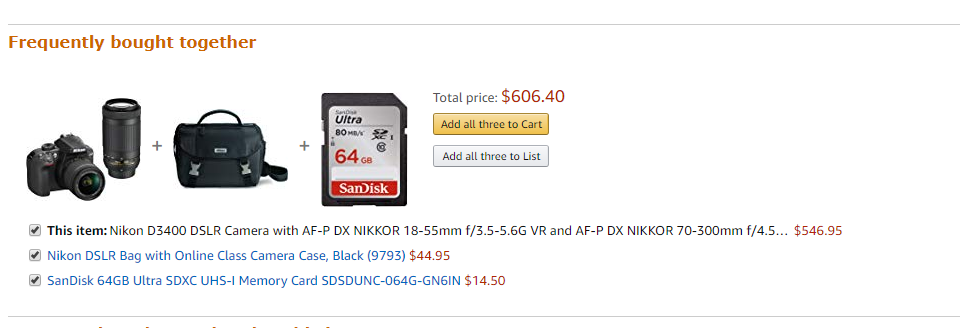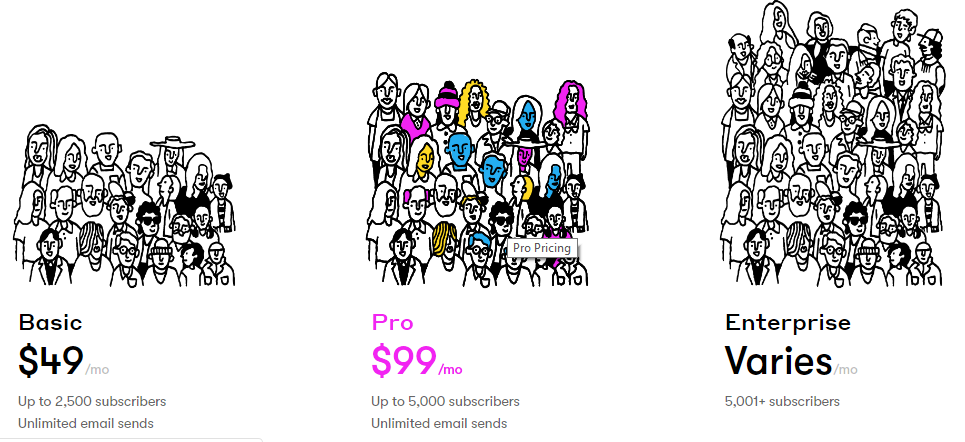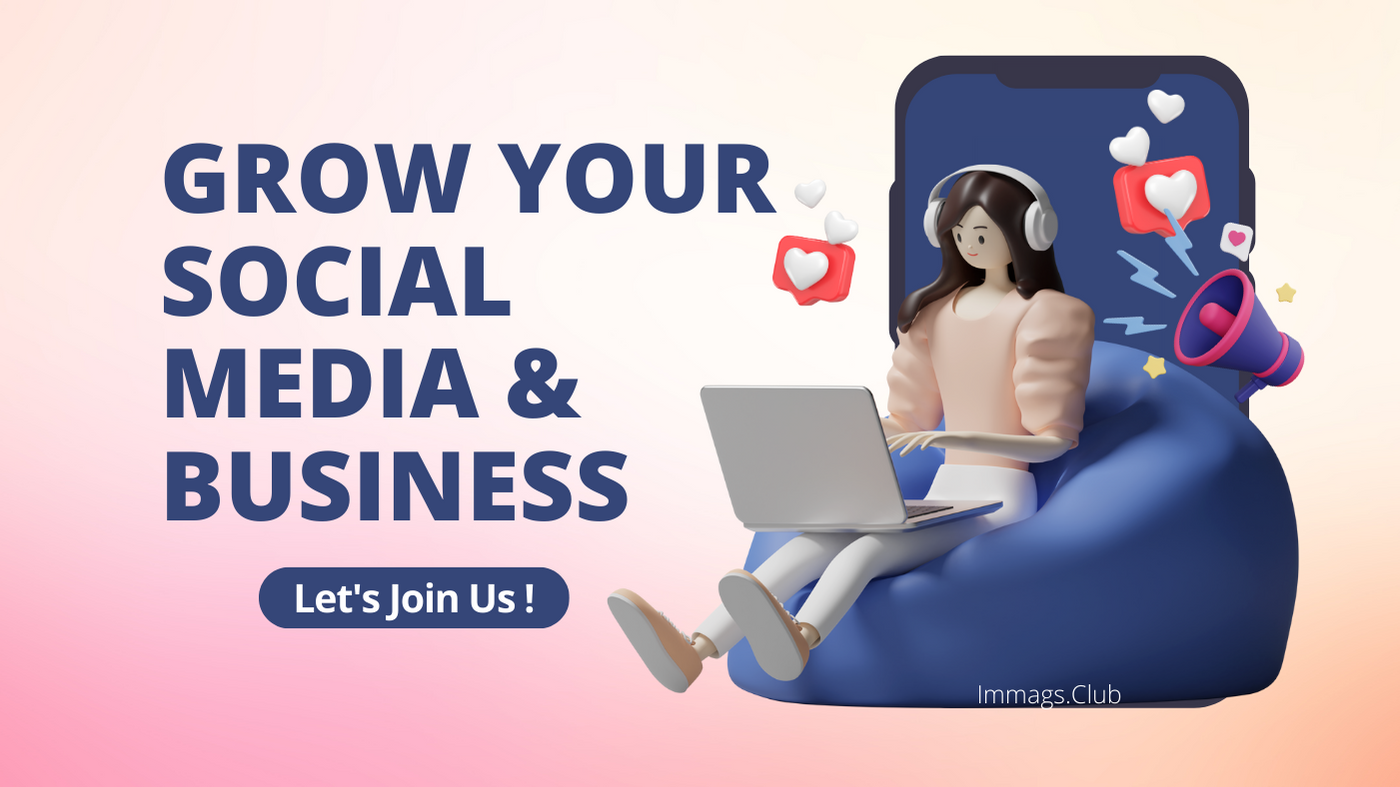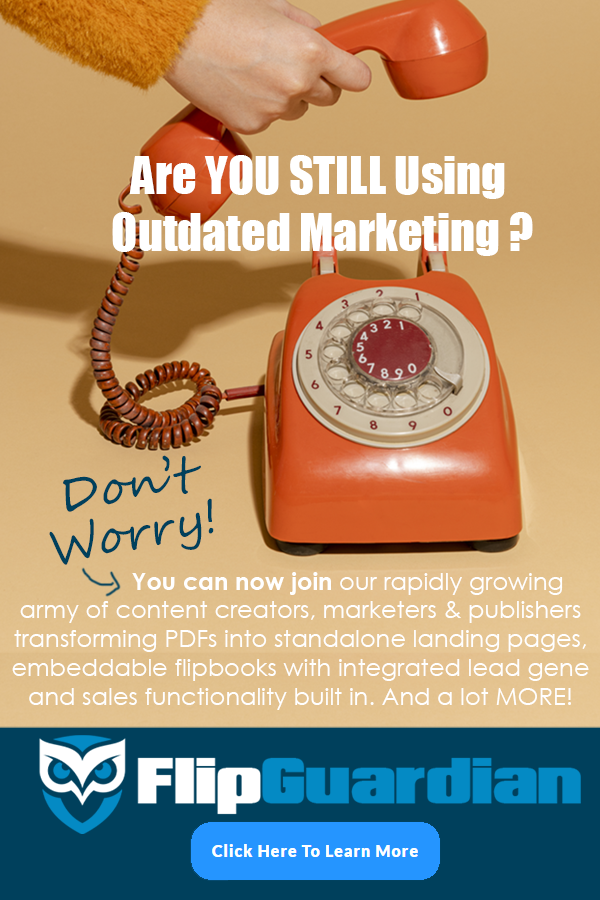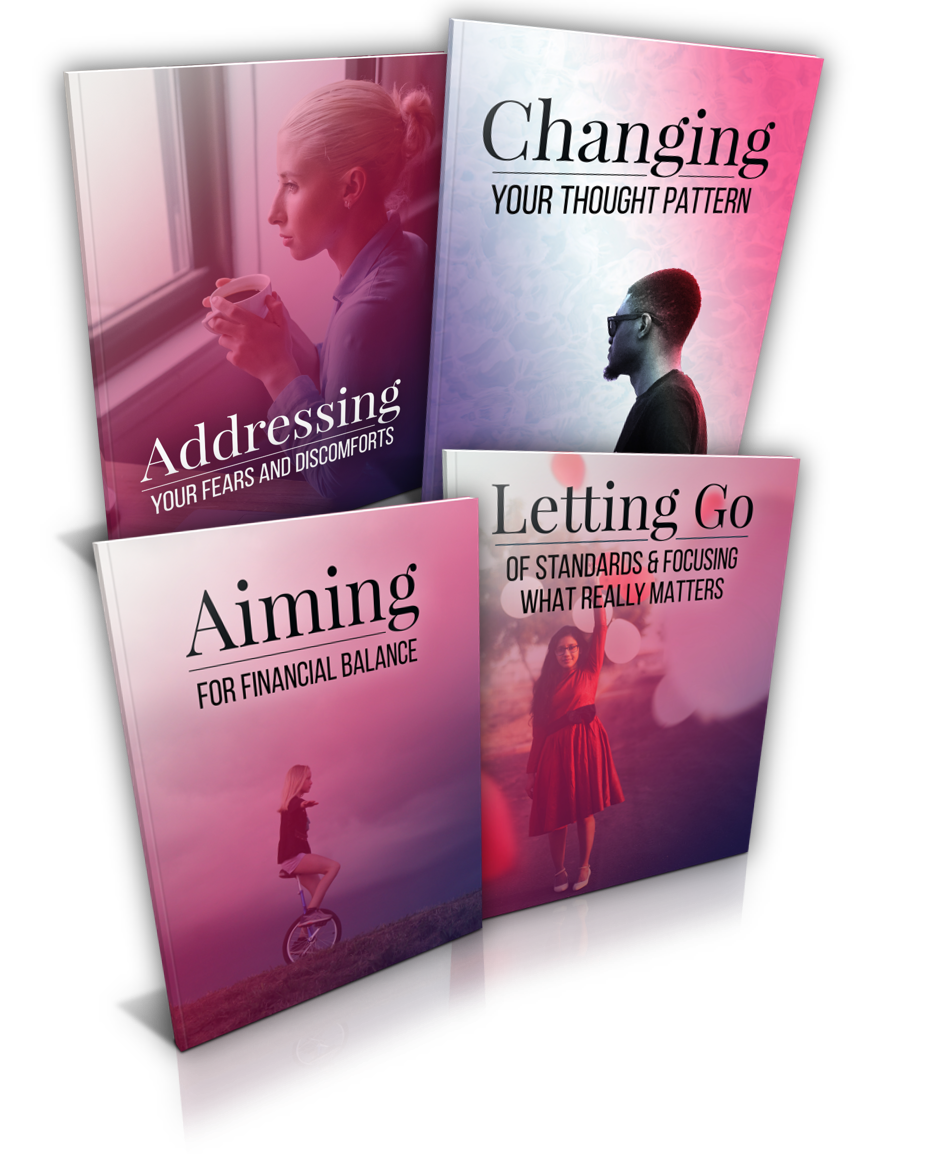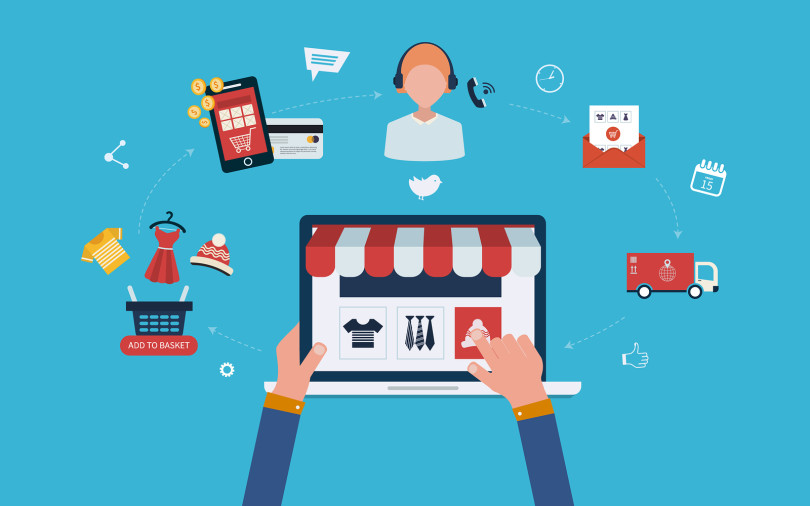Typically, when you think about “upsell“, you think of a sleazy, annoying salesperson who’s trying to sell you a bunch of things you don’t need or want. But upselling doesn’t have to be that way.
Indeed, upselling is essential if you want a boost in your revenue. Think about it: Would you rather have customers buy one low-priced item from your business only once, or buy a number of items — and even return over and over again to buy more? Obviously, to grow your business and make more sales, your answer should be the latter.
how do you upsell to your existing customers without upsetting them then still successfully making the sale?
Upselling is an art and if you want to do it successfully you have to learn a few new strategies.
So, let’s look at four tips to upsell existing customers:
Make the purchase you push relevant to the original purchase.
One of the most important tips to upselling to existing customers is to make the upsell relevant to their original purchase. Imagine you just bought a new mattress. If the salesperson immediately tries to sell you another mattress, you won’t go for it; you don’t need another mattress right now.
But if this person suggests that you need new pillows to go with your new mattress, now that makes more sense. So, if you’re the one doing the upselling, not only should the product be relevant to the original purchase, but it should also solve a problem. You can even introduce additional problems the customer might not have yet thought about.
Amazon does this well with its “Frequently bought together” section. For instance, if a customer is looking at a camera, Amazon will recommend you also purchase a camera bag to protect your new purchase, and a memory card to store more photos. Makes sense, right? In fact, 35 percent of Amazon’s revenue is generated by its recommendation algorithm, according to McKinsey.
So, make sure your upsell is relevant and solves a problem. That way, you won’t annoy customers with your upsell, but you will actually help them.
Use discounts and urgency.
Any attempt by you to recommend an expensive upsell will not convince a customer who’s already been spending money with your company to buy again. Customers know when you’re trying to upsell them, so if you try to upsell customers with a very high-priced item, they’ll see that you’re just trying to get as much money from them as possible. However, offering a discount will help make the upsell easier for customers to accept.
Make sure the discount is easy to calculate. For instance, use discounts like $4 marked down to $3, instead of $4.99 down to $3.77. According to a study by Manoj Thomas, assistant professor of marketing at Cornell University, and Vicki Morwitz, research professor of marketing at New York University, people are quicker to respond to easy-to-calculate discounts. In the study, people surveyed saw easy-to-calculate discounts as being bigger discounts than difficult-to-calculate discounts — even if they two were equal.
Another tip is to use urgency to convince customers to upsell. If you offer a discount to customers who upsell, make sure to let them know that that offer is available only for a limited amount of time. Because if customers know the discount will always be available, they’ll be in no rush to upgrade. So, set a time limit on your discounts or let customers know there is a limited number of an item left.
Get customers to upsell themselves.
You don’t even have to ask or convince customers to upsell; you can actually get customers to upsell themselves. For SaaS businesses especially, getting existing customers to upsell themselves is easy when you can create pricing packages with limitations. When customers realize they want more storage, features or capabilities, they will make the decision to upsell on their own.
For example, an email marketing software like Drip creates packages where customers will have to upsell themselves as their needs grow. Once a customer gets more than 2,500 subscribers, he or she will need to upgrade from the Basic plan to the Pro plan.
Many customers will upsell themselves right from the first purchase when looking at plans like these. In fact, in an American Psychological Association study, when products were arranged vertically or horizontally, study subjects tended to prefer the one placed in the middle. So, if you place your best plan in the middle, as Drip did, more customers will gravitate toward it from the start. But even customers who want the cheapest option will eventually upsell themselves as time goes on and their needs change.
With these tips to upsell existing customers, you’ll no longer have to worry about turning off people and losing their business.
As long as you’re upselling the right thing at the right time, this essential activity won’t come across as aggressive: Your loyal customers will see your upsell as what it really is: valuable, helpful advice.
